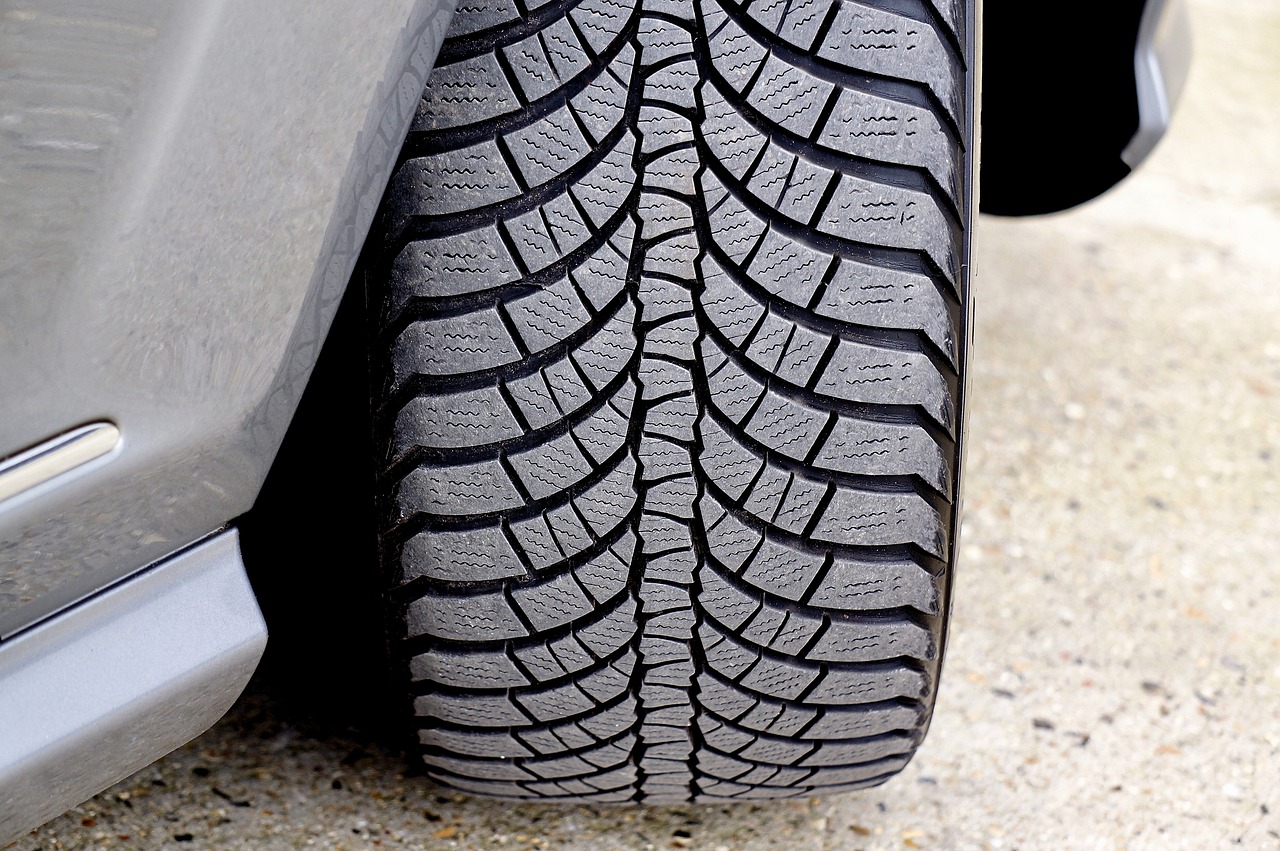Media release
From:
Comparing the safety of autonomous and human-driven vehicles
Autonomous vehicles were involved in fewer accidents than human-driven vehicles in most scenarios, according to a study in Nature Communications. The research supports the view that autonomous technology could improve road safety, while also identifying specific areas for improvement.
Autonomous vehicles, with their sophisticated sensors and algorithms, are designed to navigate traffic with precision, potentially leading to safer driving environments by reducing human error, which is a leading cause of accidents on the road today. However, understanding the conditions under which autonomous vehicles perform better or worse than human drivers is crucial for maximizing their safety benefits.
Mohamed Abdel-Aty and Shengxuan Ding conducted an analysis comparing accident data (mainly in California, USA) collected from 2,100 autonomous vehicles and 35,133 human-driven vehicles from between 2016 and 2022. The authors found that autonomous vehicles are generally safer and less likely to be involved in accidents when performing routine driving tasks, such as maintaining lane positions and adjusting to the flow of traffic. Additionally, autonomous vehicles were also shown to be safer upon rear-end and sideswipe accidents, which were 0.5 and 0.2 times less common, respectively. However, the current data show that autonomous vehicles seem to be more prone to accidents in specific situations, such as during low-light conditions at dawn or dusk and while executing turns (5.25 and 1.98 times higher than human-driven vehicles, respectively). The authors note that these are areas where autonomous driving technology may need further refinement to match or exceed human driving capabilities consistently.
Although the study suggests that autonomous vehicles have the potential to improve road safety, it also underscores the importance of addressing technological limitations to ensure they can function safely in a broad range of circumstances. The authors note that there are limitations to their findings, particularly with regards to autonomous vehicle technology levels and the specific systems activated during accidents. Further research is needed to provide a more nuanced understanding of safety differences between autonomous and human-driven vehicles, they conclude.



 International
International



